Frogs
Frogs
So What Is A Group Of Frogs Called?
Hmm. It is not a navy, but an army. Just one of many fun frog facts. But what about a group of toads? They are called a knot. Who thinks these names up?
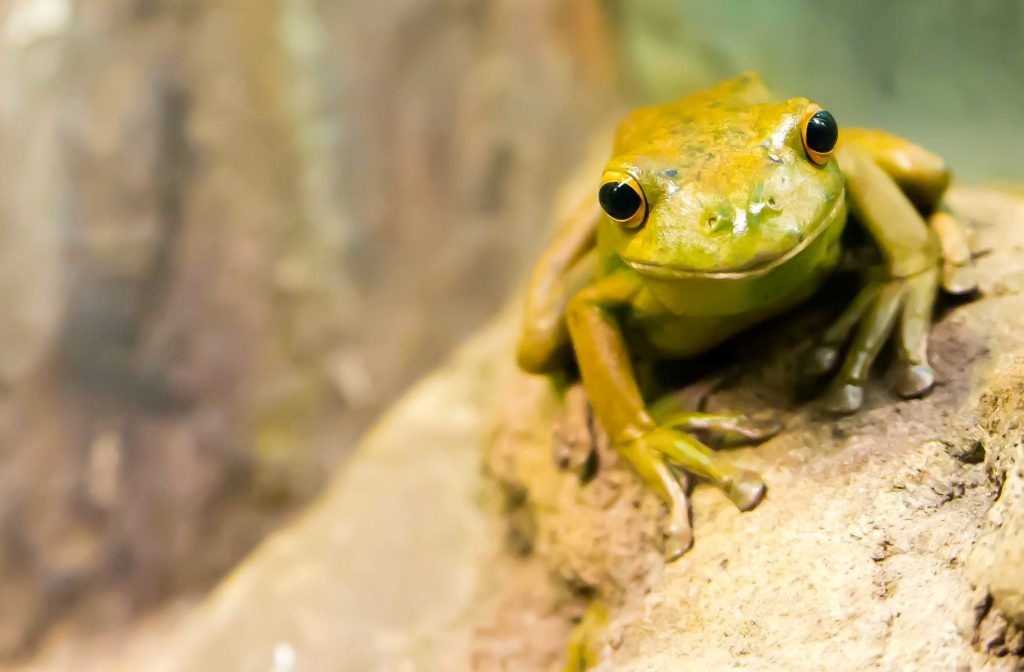
Frogs come in all sizes and colors. Photo: Wayne Robinson
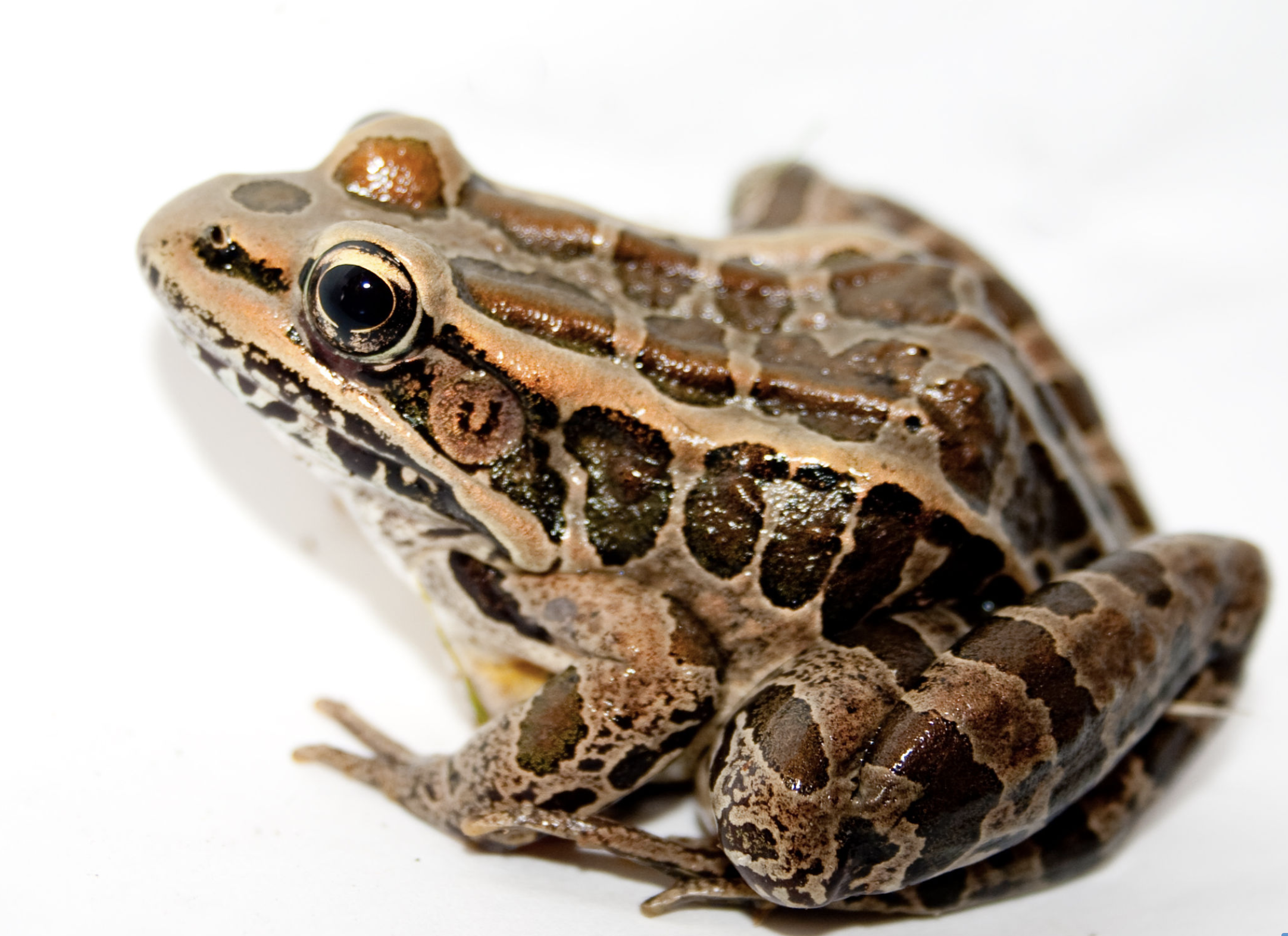
Pickerel frogs are the only US native poisonous frogs.
Cool Frog Facts
How many kinds of frogs are in the world? Just under 5,000 species of frogs exist, with approximately 90 in the US. Now that’s a lot of frogs.
Most people know of the bullfrog, but what about the pickerel frog? It turns out they live mostly in Eastern states and is the US’s only native poisonous frog. When threatened, they emit a mucous which is irritable to your skin and deadly to some of their predators.
Other Cool Facts
- They are exceptional jumpers, leaping about 10 times their body length. Imagine leaping that far.
- Humans close our eyes when we sleep (at least most of us do). Frogs never close their big, bulging eyes, not even when they are sleeping.
- Oh, and they regularly shed their skin and eat it. Yum, but isn’t it the ultimate in recycling? And to learn more, read our blog “Frog Skin: The Ultimate In Recycling”.
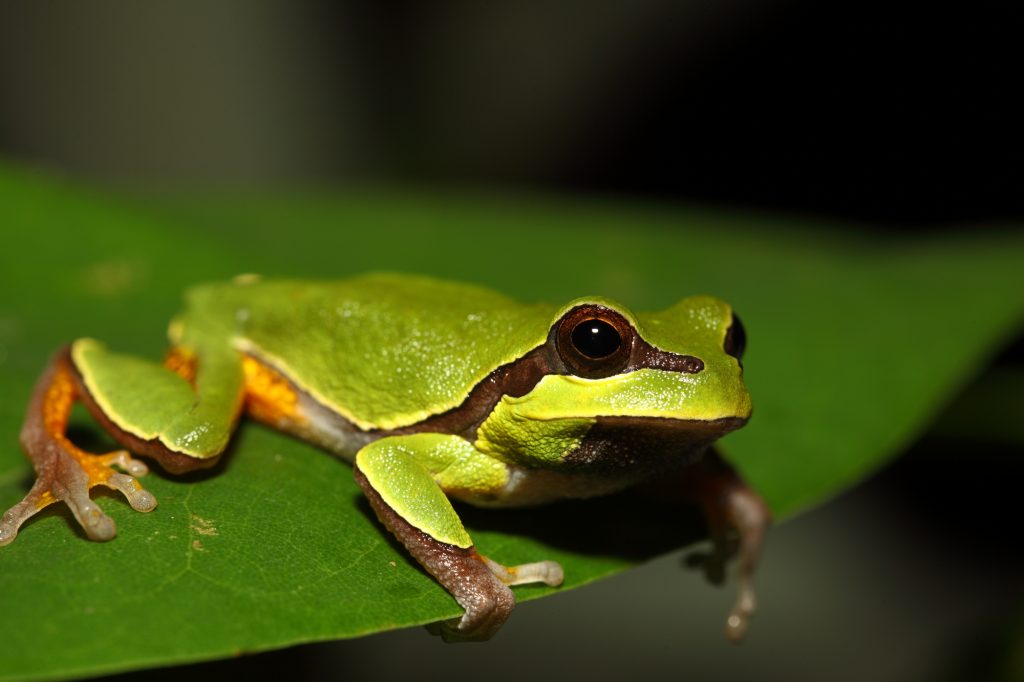
Frogs never close their eyes, even when sleeping. Photo:Dustin Smith/NC Zoo
Are Frogs And Toads The Same?
But is there a difference between a frog and a toad? Frogs can live in both water and on land. Most start out as tadpoles before turning into frogs. Most toads live on land.
While both are amphibians, frogs have longer legs and slimy skin whereas toads have dry, bumpy skin and shorter legs.
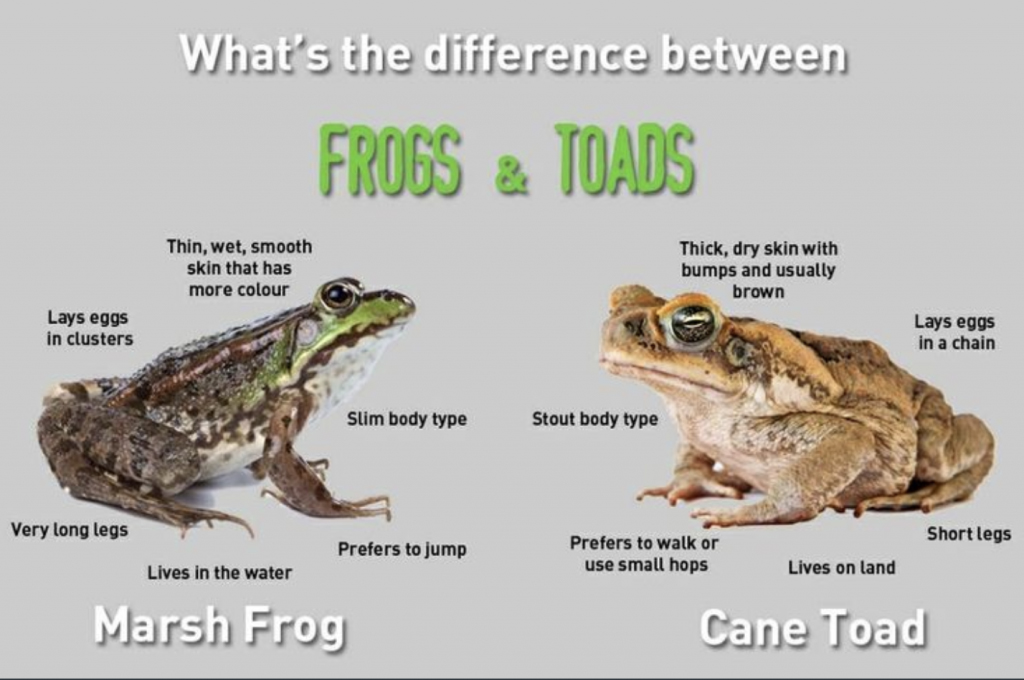
But Frogs Are In Trouble!
You may have heard there is bad news about frogs. They are in serious trouble. Frog populations are considered one of the most threatened groups of animals on our planet.
Their populations are rapidly declining due to habitat loss, disease, climate change and pollution. Plus they are over-harvested for the pet trade and consumed by people (have you ever eaten frog legs?).
Sadly, over 120 frog species have become extinct since the 1980s. In our home state of NC, there are only 8-9 populations of the Carolina gopher frog left. Since they are considered indicators of a healthy environment, when they disappear, it means we humans are also in trouble.
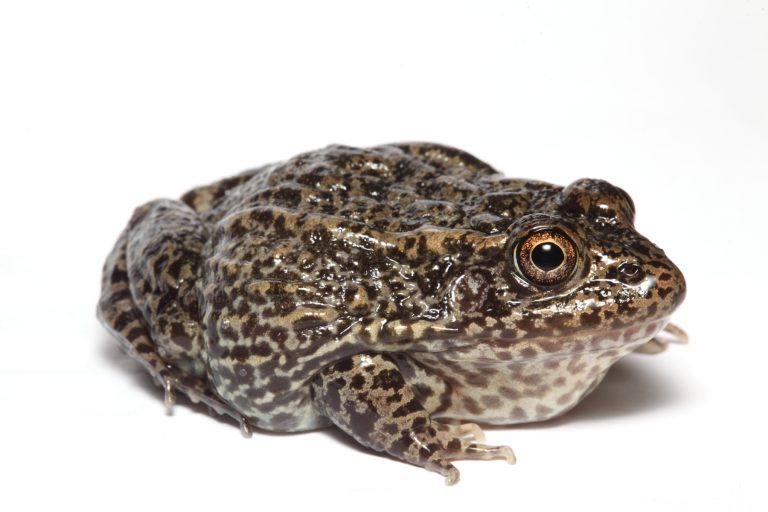
A Carolina gopher frog. Photo: Dustin Smith/NC Zoo
How Can We Help?

Jumpin’ Jack-in-the-Pulpit, a bronze sculpture by Dale Weiler
Become a better steward of our environment. What does that mean? Pesticides kill frogs, along with a lot of other animals. Because frogs absorb moisture and air through their skin, they are very susceptible to chemicals we use on our lawns, around our house and those we put in our water system. The fewer chemicals you use, the better for the frogs.
Become a citizen scientist (read more in Loti’s Lens “A Great Time To Be a Citizen Scientist”). A really fun activity is to join Frog Watch USA a citizen science project which monitors frog calls in the US wetlands from February through August of each year. You get to help scientists, learn a ton about frogs and have fun, all at the same time.
What are we doing? We teach kids about these amazing creatures and raise money for our wildlife education and art programs through the sale of Dale’s donated sculptures.
Check out Jumpin’ Jack-in-the-Pulpit, a limited edition frog bronze by Dale. We just have a few left. If you would like more information or would like to buy one, email [email protected]
Learn More
NC Zoo Strives To Save The Carolina Gopher Frog
Facts About Frogs & Toads by LiveScience
14 Fun Facts about Frogs by The Smithsonian
